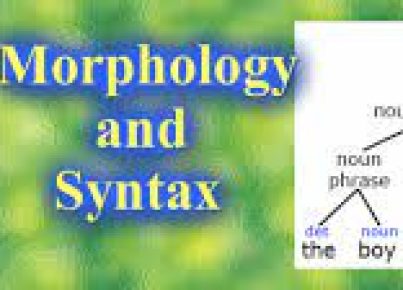Introduction:
The educational landscape is continuously evolving to meet the diverse needs of students. The recent emergence of vertical tutoring and the personalisation agenda has captured the attention of educators, administrators, and policy makers alike. This new approach to teaching and learning aims to foster a more inclusive and tailored learning experience for students, while also addressing the challenges posed by traditional horizontal tutoring systems. In this article, we will delve into the rationale behind vertical tutoring, its benefits, and how it is transforming education.
Vertical Tutoring: A Paradigm Shift
Vertical tutoring is a system where students from different year groups are placed within a single tutor group. It breaks away from the traditional horizontal system where pupils from the same year group are guided by a common tutor. The driving force behind vertical tutoring is to create a collaborative learning community that promotes cross-age peer support, mentoring, and engagement.
The Personalisation Agenda: Catering to Individuals
At its core, the personalisation agenda focuses on tailoring educational experiences based on individual student’s interests, abilities, and learning styles. It aims to shift the teaching model from a one-size-fits-all approach to a more adaptable methodology that acknowledges each student’s unique qualities.
Benefits of Vertical Tutoring and Personalisation
1. Enhanced Peer Support: Vertical tutoring allows meaningful relationships to be forged between students from different age groups. Older students can provide guidance, encouragement, and mentorship to younger peers while simultaneously reinforcing their own knowledge.
2. Increased Student Confidence: By participating in peer-led discussions and activities within vertical tutor groups, students develop self-esteem and gain confidence in their skills.
3. An Inclusive Learning Environment: The mixed-age approach creates an inclusive atmosphere where students can learn from each other’s experiences without feeling isolated or left out.
4. Cross-Curricular Learning Opportunities: Students exposed to diverse ideas and subjects through vertical tutoring benefit from increased cross-curricular interactions.
5. Flexible Learning Pathways: Incorporating personalisation allows teachers to adopt agile approaches to lesson planning that match individual learners’ needs, thus enriching the overall academic experience.
Challenges and Solutions
While vertical tutoring and personalisation possess undeniable merits, some challenges do exist:
1. Teacher Training: To successfully implement these progressive educational methods, existing teachers need training in both the philosophy behind these systems and their practical implementation.
2. Administrative Support: Accurate student data collection and administrative support are crucial for aptly tailoring students’ learning experiences.
3. Flexibility in Curriculum Planning: While national curriculum standards provide a solid foundation, flexibility in lesson plans is essential to accommodate each student’s unique requirements within the vertical tutoring model.
Conclusion:
Vertical tutoring coupled with the personalisation agenda presents a promising alternative to traditional teaching models. By incorporating this approach, schools can foster an empowering environment where students from different age groups collaborate, learn together, build confidence, and discover their unique abilities. However, it is vital to address the inherent challenges related to teacher training and administrative support to ensure seamless implementation and maintenance of these innovative systems within educational institutions. Ultimately, adopting a more inclusive and personalised education framework can lead to a more dynamic and engaging learning environment that benefits students of all backgrounds.





